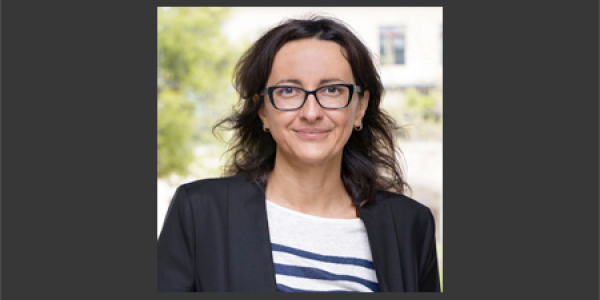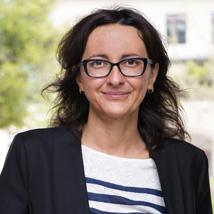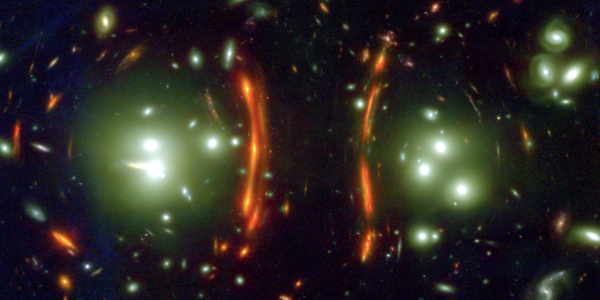
Connecting quantum systems – through optimized photonics
Jelena Vuckovic, Stanford University
Color centers in wide bandgap materials, such as silicon vacancies (SiV) in diamond and (VSi) in silicon-carbide (SiC), represent a promising platform for implementation of quantum technologies: they exhibit a small spectral inhomogeneity and a minimal sensitivity to environment, which facilitates their incorporation in scalable devices. Excellent SiV- and VSi-photon interfaces have been demonstrated (by embedding them in cavities) with large cooperativities and Purcell enhancements. We have also demonstrated cavity enhanced Raman scattering from a single SiV for detuning of up to 100GHz - well beyond 30GHz of spectral inhomogeneity observed for SiVs embedded in structures, which enables experiments incorporating multiple SiVs. However, in addition to high quality qubits interfaced to photons, successful implementation of quantum technologies also requires photonic circuits that are scalable, robust to errors, and exhibit minimal losses.
Our recent work on inverse design in photonics oers a powerful tool to design and implement photonic circuits with superior properties, including robustness to errors in fabrication and temperature, compact footprints, novel functionalities, and high eciencies. We have applied this approach to diamond and SiC quantum hardware, leading to greater than an order of magnitude of improvement in eciencies and a dramatic reduction in experimental times, thereby opening opportunities for new experiments, including implementation of solid state quantum simulators.
About Jelena Vuckovic

Jelena Vuckovic (PhD Caltech 2002) is a Professor of Electrical Engineering and by courtesy of Applied Physics at Stanford, where she leads the Nanoscale and Quantum Photonics Lab. She is also the director of the Q-FARM: the Stanford-SLAC Quantum Initiative.
Vuckovic has won numerous prizes including the Humboldt Prize (2010), the Hans Fischer Senior Fellowship (2013), the DARPA Young Faculty Award (2008), the Presidential Early Career Award for Scientists and Engineers (PECASE in 2007), tand he Office of Naval Research Young Investigator Award (2006). She is a Fellow of the American Physical Society (APS), of the Optical Society of America (OSA), and of the Institute of Electronics and Electrical Engineers (IEEE).
Currently, she is also an Associate Editor of ACS Photonics, and a member of the editorial advisory board of Nature Quantum Information.
Audience: Public


